-
The Girl Who Leapt Through Time
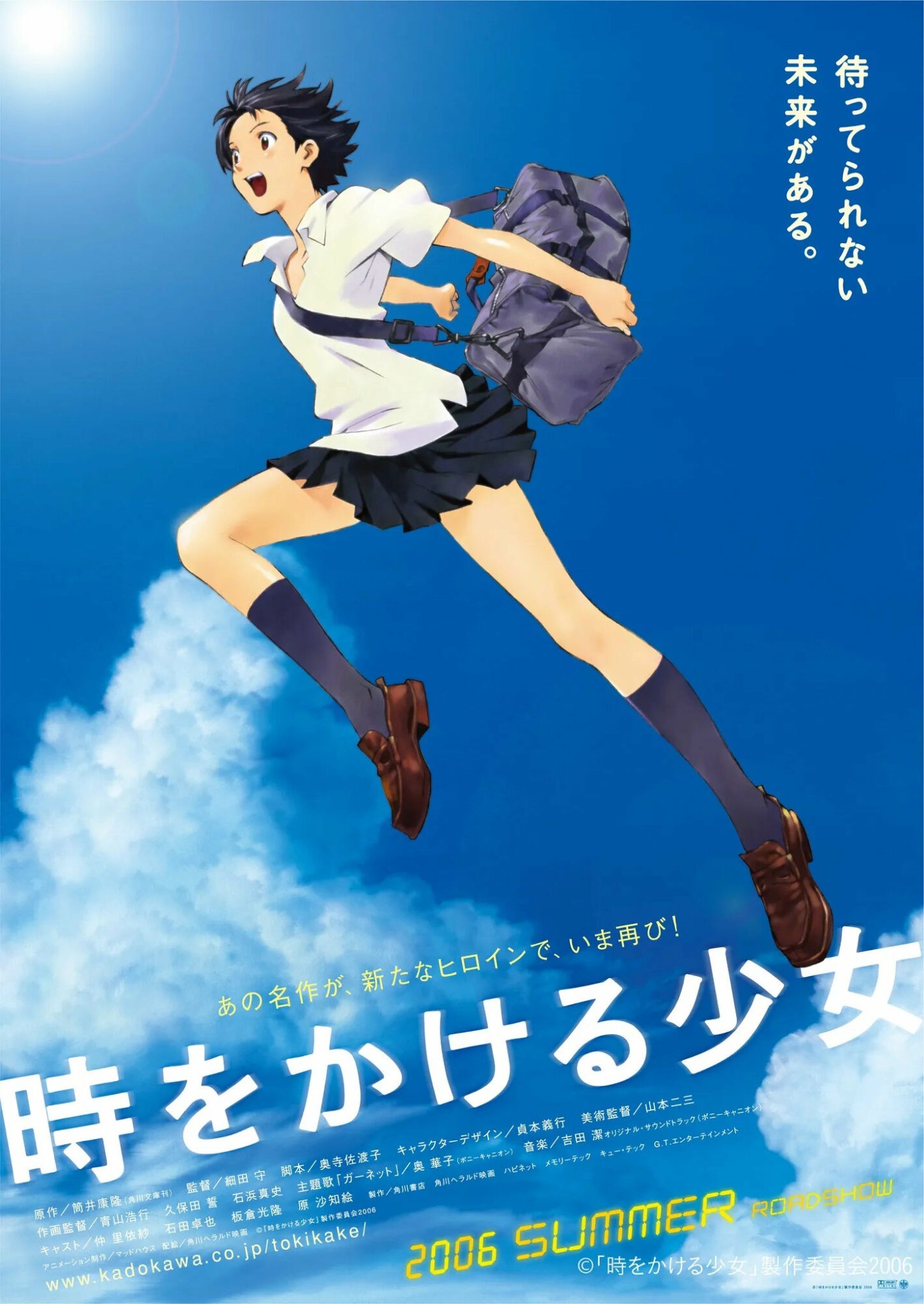
Time travel! Romance! Japan! If you love the films out of Studio Ghibli you’ll love The Girl Who Leapt Through Time, too. ARC PHRASE An arc word/phrase is also known as a ‘leitwort’, which literally means ‘lead word’. In order to be an arc phrase and not just a catch phrase the phrase must help […]
-
Generic, Naturalistic and Minimalist Character Illustration
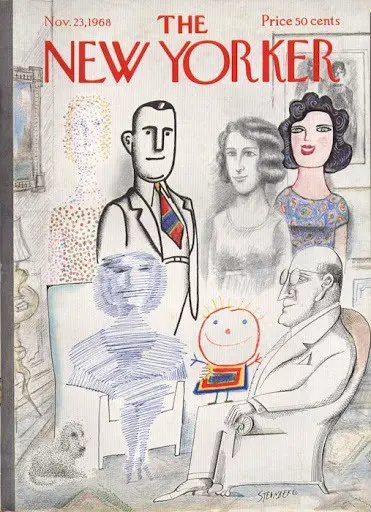
Do you remember being a child and instantly drawn to anything brightly coloured and cartoonish? You learned very early that if something was done in that style, it was made for you. You may also have come across media done in that style which was not for you — perhaps your mum or dad prized a Japanese manga out of…
-
The Hunger Games
It’s safe to say this post contains spoilers about The Hunger Games. Plenty has been said about The Hunger Games and I doubt I can add another single thing, but I have been collecting links on this for ages as they raced through my feed, refusing to read them until I’d seen the movie and […]
-
Gross-out Children’s Books
What Are Gross-out Books? Gross-out books are frequently classed as ‘trash‘ and rarely win the big awards, perhaps partly because they sell so well. Gross-out books fall into the category of ‘carnivalesque‘. In academic terms, these gross-out books might be called ‘carnivalesque-grotesque’. Carnivalesque-grotesque narratives directly address the personal and sociocultural anxieties induced by knowledge of […]
-
Men Reading Newspapers In Children’s Fiction
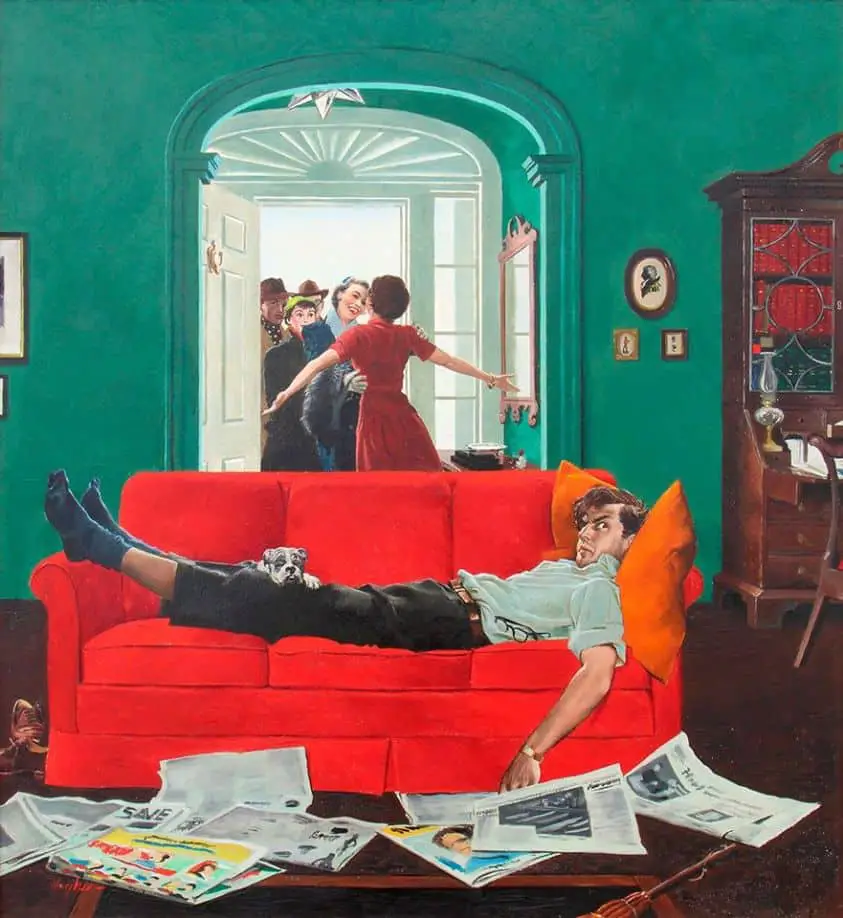
Boys studying for GCSEs were more likely than girls to read print products such as comics, with 38% saying they read newspapers at least once a month compared with 30% of girls of the same age. The Guardian In illustrations, men typically read newspapers. Women either read magazines, or busy themselves serving breakfast. The following […]
-
An Animal Gets Into Trouble And Out Again
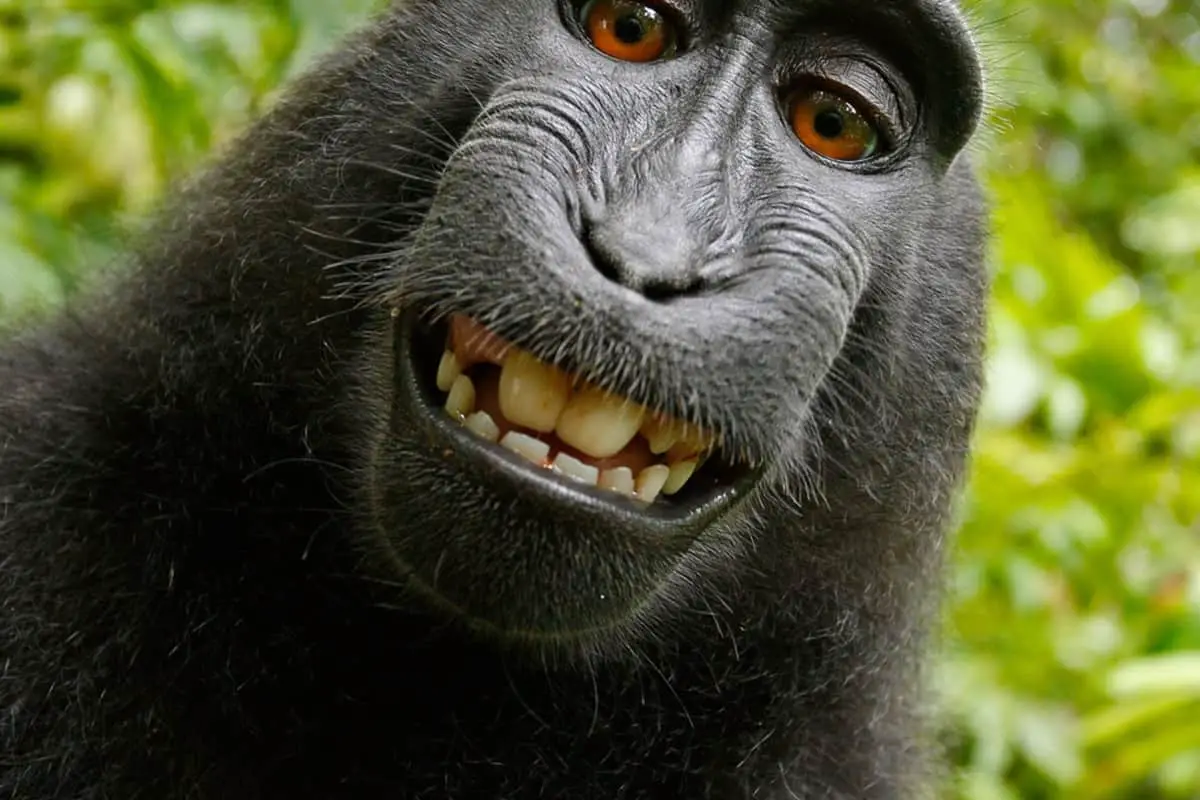
Dogs (and wolves and foxes) are popular choices for protagonists in this sort of story, I suppose because dogs are inclined to get themselves into trouble. (Our own border collie is no exception.) But here we have a wide selection of animal spanning the categories of birds, insects and lesser-known mammals. This kind of story […]
-
What Is ‘Ludic Reading’?
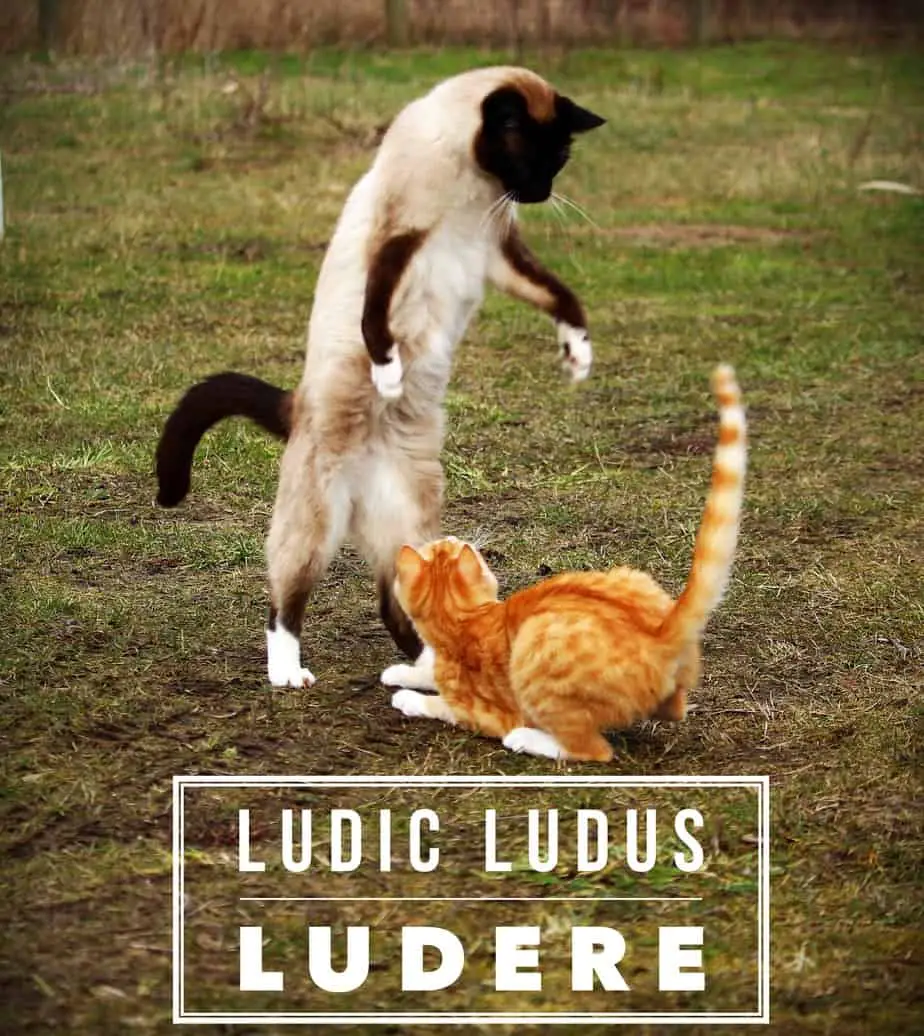
‘Ludic’ or ‘absorbed’ reading is a virtually trance-like state in which readers willingly become oblivious to the world around them. The term as used here comes from Hugh Crago and Victor Nell. This is by no means a universal phenomenon — some readers read like this, others can’t. I have always felt that the art […]
-
American Childhood From The Late 19th Century
American methods of child-rearing were far more lenient than in Britain. Although American ladies’ journals began to promote slenderness and weight control for women in the 1890s, it wasn’t considered necessary to restrict the diet of children. Medical experts advised parents to make sure their children — particularly boys — were not underweight. Between-meal snacks […]
-
English Childhood in the 18th and 19th Centuries
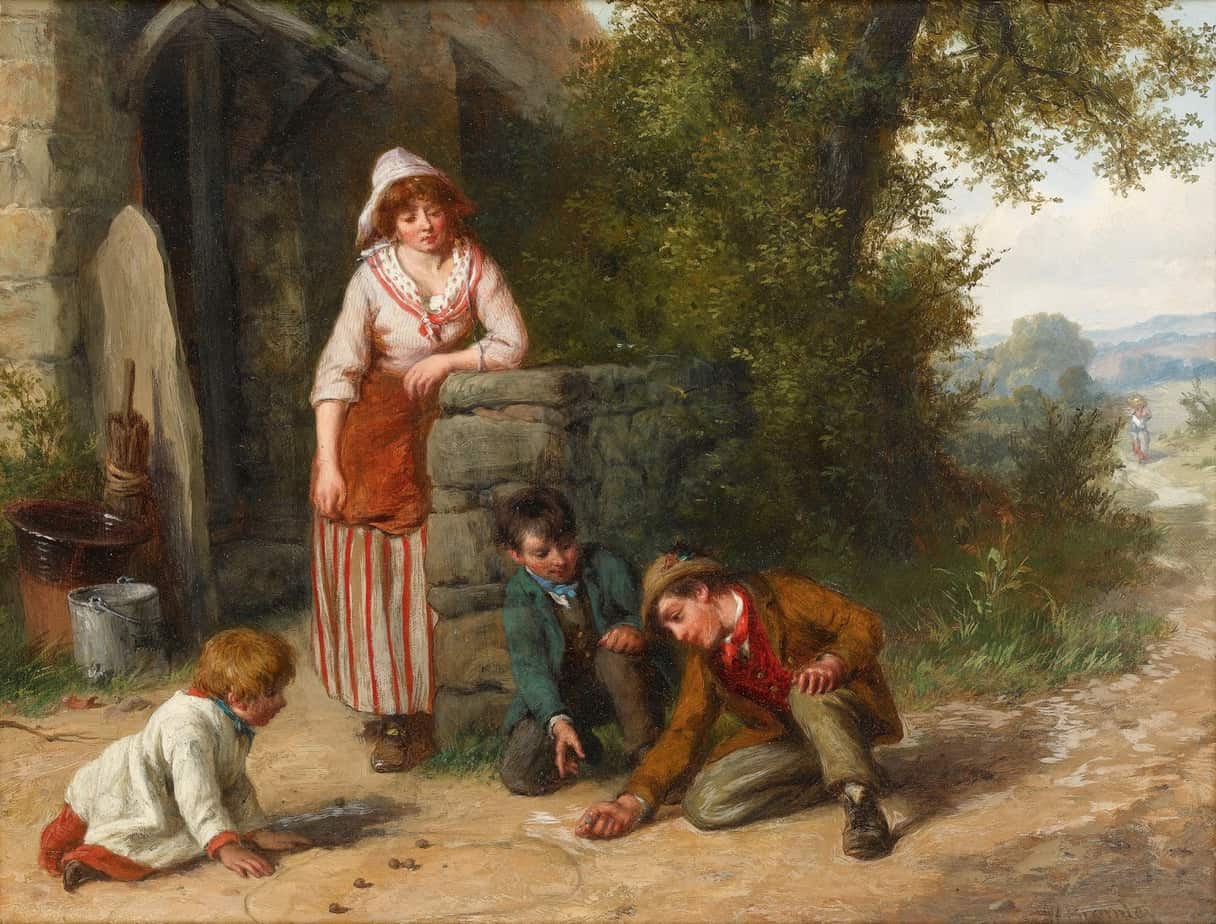
How was childhood different in 18th and 19th century England? The following points describe middle and upper class family life at that time. Children of the rural labouring classes relied for reading material on cheap chapbooks Chapbooks were passed from family to family School library books were all of the “goody goody, Sunday-school prize type” […]
-
Comparative Children’s Literature: The United States of America
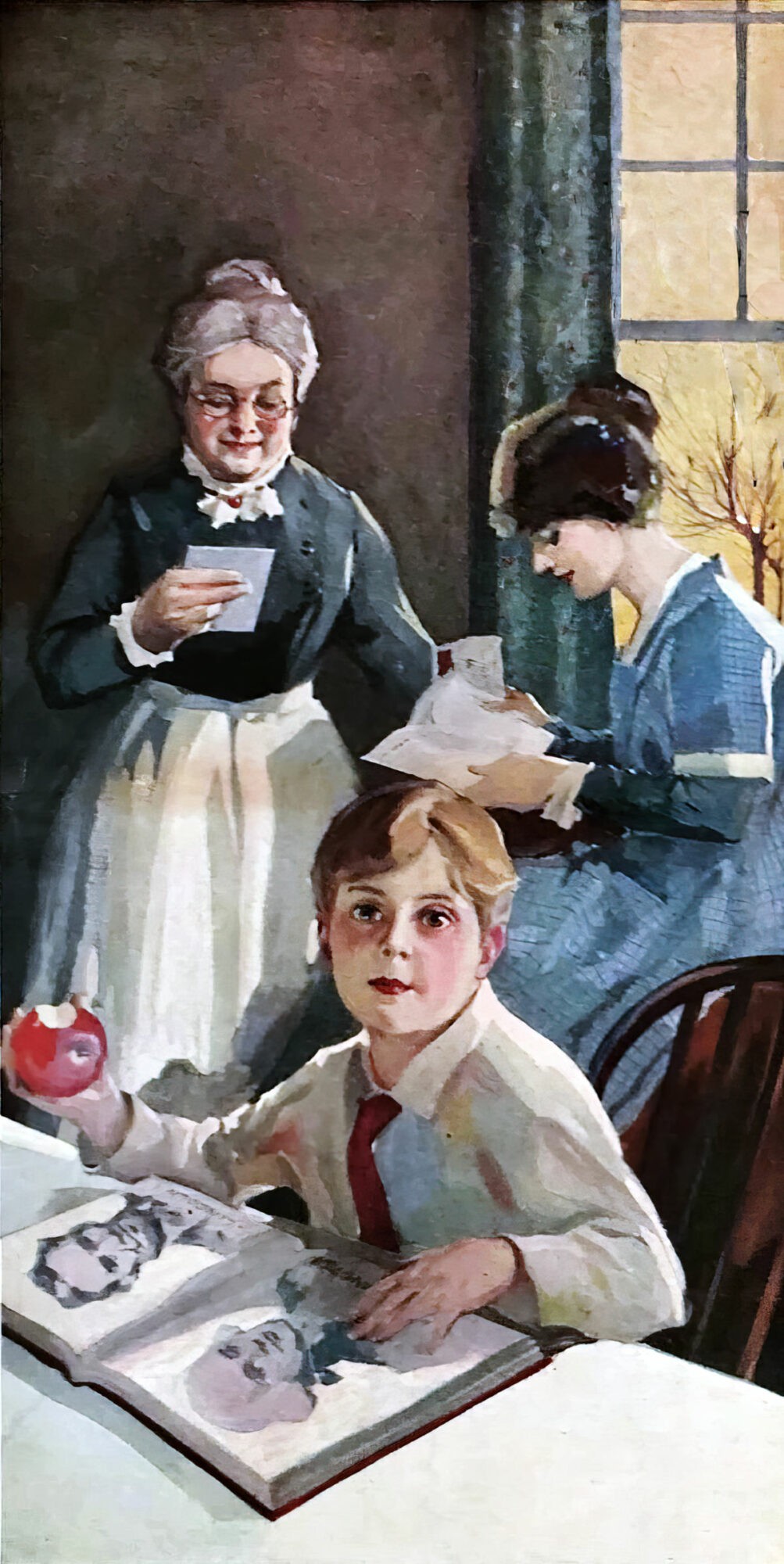
Best Loved Books
-
Comparative Children’s Literature: Britain
Best Selling Children’s Books In Britain A.A. Milne’s Winnie-the-pooh stories in the 1920s Peter Pan, which few children find readable today, was the first novel in which ordinary children enter a magic world and have an adventure there – something that readers of Alice in Wonderland, The Chronicles of Narnia, Harry Potter and His Dark […]